
Employers and workers’ compensation insurance companies are continually looking for ways to cut their workers’ compensation claim amounts. For the injured employee, a workers’ compensation claim is a new process. But for the employer and insurance company reducing costs is a continual process. This litigation can even continue to happen years after winning an initial award. This was the case for a Parish of Lafayette employee in a recent case in the Louisiana Third Circuit Court of Appeal. Doctor examinations and testimony about an injury can always be required and, as in this case, improvement of an employee’s condition for the better can call for a reduction in workers’ compensation benefits.
Viel Olivier was a self-employed carpenter who was injured in 2003 while unloading a miters saw from his truck. He had contracted with LUBA Workers’ Compensation for his workers’ compensation insurance. Initially, Mr. Olivier was determined to be temporarily and totally disabled and was awarded workers’ compensation benefits.
LUBA later filed a motion to modify Mr. Olivier’s benefits because LUBA believed that Mr. Olivier was capable of light duty work and was no longer temporary and totally disabled from the injury. Mr. Olivier objected to this change and argued that LUBA was unable to meet its burden of proof with regard to a change in circumstances because the evidence was essentially the same as it had been at the previous hearing.
 Louisiana Personal Injury Lawyer Blog
Louisiana Personal Injury Lawyer Blog


 Generally, plaintiffs bring an action against an adverse party to be made whole again in some way. Bringing a claim is a remedy seeking process. But, can a claimant’s inaction cause the proceeding to be dismissed? The Louisiana Fifth Circuit Court of Appeal recently answered this question in the affirmative in a case out of Jefferson Parish.
Generally, plaintiffs bring an action against an adverse party to be made whole again in some way. Bringing a claim is a remedy seeking process. But, can a claimant’s inaction cause the proceeding to be dismissed? The Louisiana Fifth Circuit Court of Appeal recently answered this question in the affirmative in a case out of Jefferson Parish. 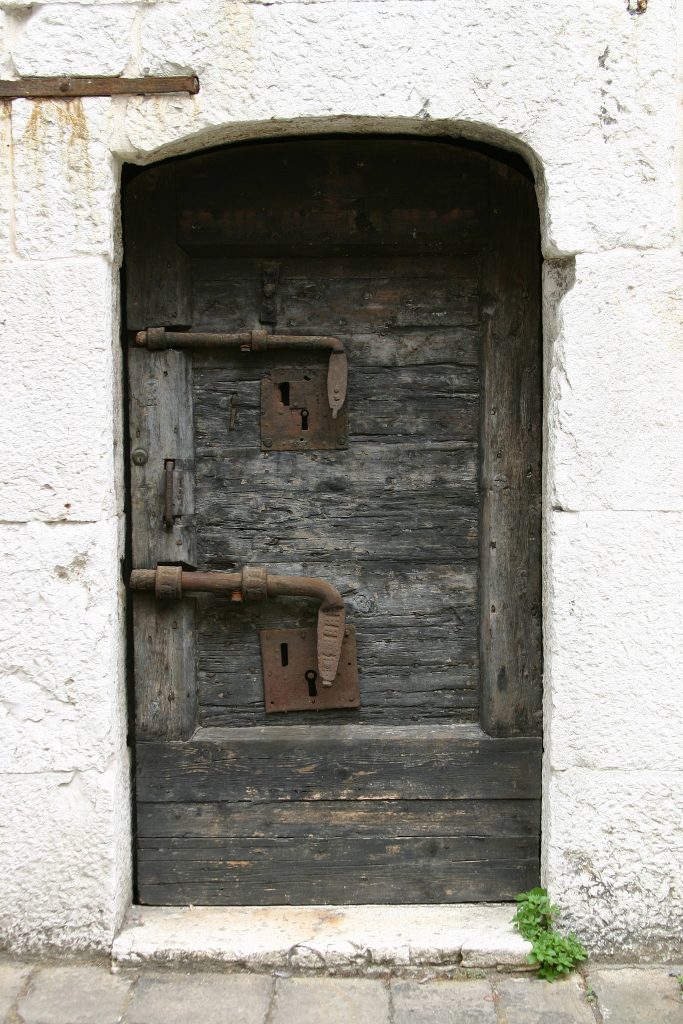 Law abiding citizen or not, people expect local governments to keep them safe, especially from dangerous conditions on public property. But, just how much responsibility do local governments have in keeping public grounds safe? This question was recently answered in a case coming out of Lafayette Parish.
Law abiding citizen or not, people expect local governments to keep them safe, especially from dangerous conditions on public property. But, just how much responsibility do local governments have in keeping public grounds safe? This question was recently answered in a case coming out of Lafayette Parish. Generally, claimants interested in bringing any cause of action are required to stick to certain procedures including filing the claim within a specified time period. Medical malpractice claims are no different. Failure to file a claim within the statutorily imposed time frame will likely result in the dismissal of that claim. Without even considering liability, a court will be forced to terminate a lawsuit merely because it was filed too late. This, unfortunately, was the case for Linda Snavely in a recent case out of Lafayette.
Generally, claimants interested in bringing any cause of action are required to stick to certain procedures including filing the claim within a specified time period. Medical malpractice claims are no different. Failure to file a claim within the statutorily imposed time frame will likely result in the dismissal of that claim. Without even considering liability, a court will be forced to terminate a lawsuit merely because it was filed too late. This, unfortunately, was the case for Linda Snavely in a recent case out of Lafayette.  The workers’ compensation system exists to compensate employees when a work-related accident occurs. Frequently, however, employers will attempt to deny or at least curtail benefits. One common tactic is to blame an employee’s injuries on a pre existing medical condition rather than the work accident. But does this excuse really work when a tree falls on an employee’s head? As far fetched as it sounds, this was the scenario when an Ouachita Parish employer attempted to stop paying benefits after a tree accident.
The workers’ compensation system exists to compensate employees when a work-related accident occurs. Frequently, however, employers will attempt to deny or at least curtail benefits. One common tactic is to blame an employee’s injuries on a pre existing medical condition rather than the work accident. But does this excuse really work when a tree falls on an employee’s head? As far fetched as it sounds, this was the scenario when an Ouachita Parish employer attempted to stop paying benefits after a tree accident. 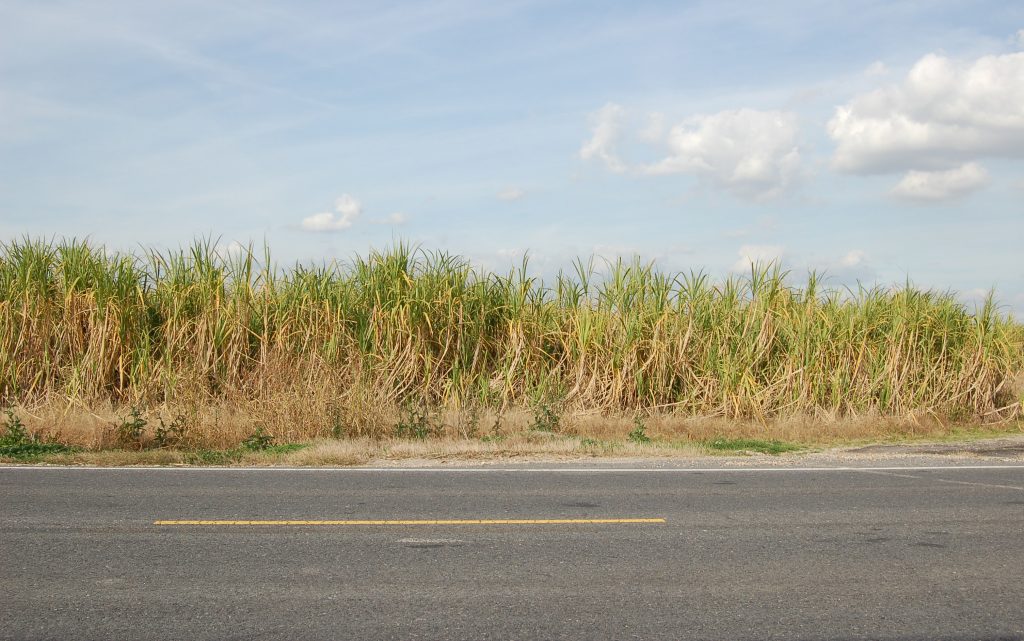 Imagine you are in a car accident, one that is so severe it results in you being airlifted to a hospital. Recovery time is extensive and your mental capacities are foggy at a minimum. While hospital bound, someone other than yourself files a claim for your workers’ compensation benefits. Due to the hospital stay, you receive no notice of the claim or court hearings yet a decision is made denying benefits. The real kicker? All this occurs in a state where you do not live. Sound a tad unjust? Yet this recently happened to a Kaplan, Louisiana man.
Imagine you are in a car accident, one that is so severe it results in you being airlifted to a hospital. Recovery time is extensive and your mental capacities are foggy at a minimum. While hospital bound, someone other than yourself files a claim for your workers’ compensation benefits. Due to the hospital stay, you receive no notice of the claim or court hearings yet a decision is made denying benefits. The real kicker? All this occurs in a state where you do not live. Sound a tad unjust? Yet this recently happened to a Kaplan, Louisiana man. 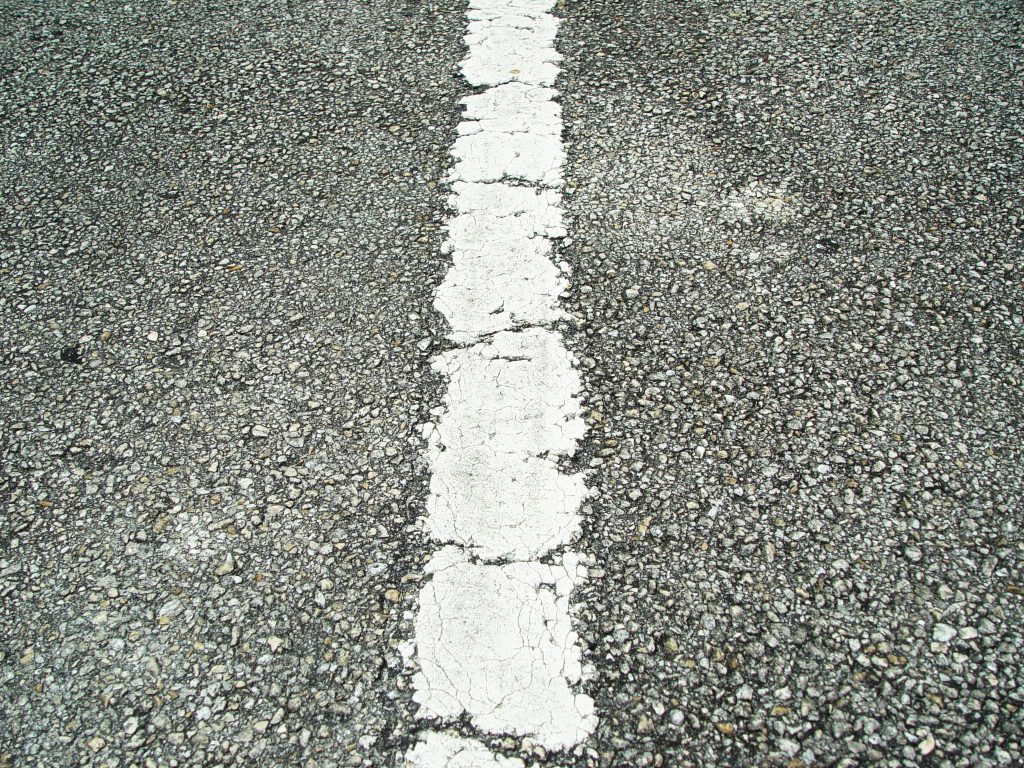 Automobile accidents are an unfortunately common occurrence; becoming increasingly more common with the temptations of texting and social media use while driving. While not all accidents result in life-threatening injuries, they do most often come with at least the headache of assigning fault. Figuring out who was at fault sometimes comes down to a game of “he said, she said” before a judge or jury. And as the Louisiana Fifth Circuit Court of Appeal recently explained, the judge or jury’s interpretation of that game is difficult to reverse.
Automobile accidents are an unfortunately common occurrence; becoming increasingly more common with the temptations of texting and social media use while driving. While not all accidents result in life-threatening injuries, they do most often come with at least the headache of assigning fault. Figuring out who was at fault sometimes comes down to a game of “he said, she said” before a judge or jury. And as the Louisiana Fifth Circuit Court of Appeal recently explained, the judge or jury’s interpretation of that game is difficult to reverse.  When someone dies because of another person’s negligence certain individuals can bring a wrongful death lawsuit against the negligent party. Normally, those who may recover under a claim for wrongful death and survival are limited to a certain class of persons. In such cases, the plaintiff can be the surviving spouse, a surviving child, the decedent’s parents, the decedent’s siblings, or the decedent’s grandparents.
When someone dies because of another person’s negligence certain individuals can bring a wrongful death lawsuit against the negligent party. Normally, those who may recover under a claim for wrongful death and survival are limited to a certain class of persons. In such cases, the plaintiff can be the surviving spouse, a surviving child, the decedent’s parents, the decedent’s siblings, or the decedent’s grandparents. 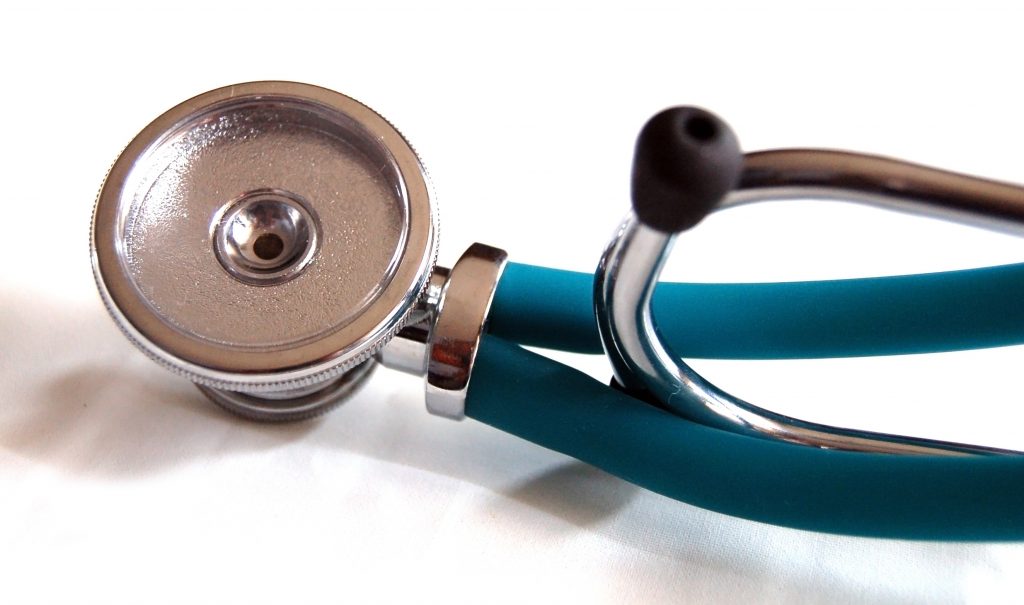 Medical malpractice suits are notorious in the legal community as being difficult and expensive cases. One reason why these cases are so difficult is because lawyers must hire and rely on numerous experts to argue why a professional should, or should not be, liable. But what happens when a plaintiff in a medical malpractice suit cannot find an expert to support his or her claim? A recent medical malpractice case involving a gynecologist illustrates this exact problem.
Medical malpractice suits are notorious in the legal community as being difficult and expensive cases. One reason why these cases are so difficult is because lawyers must hire and rely on numerous experts to argue why a professional should, or should not be, liable. But what happens when a plaintiff in a medical malpractice suit cannot find an expert to support his or her claim? A recent medical malpractice case involving a gynecologist illustrates this exact problem.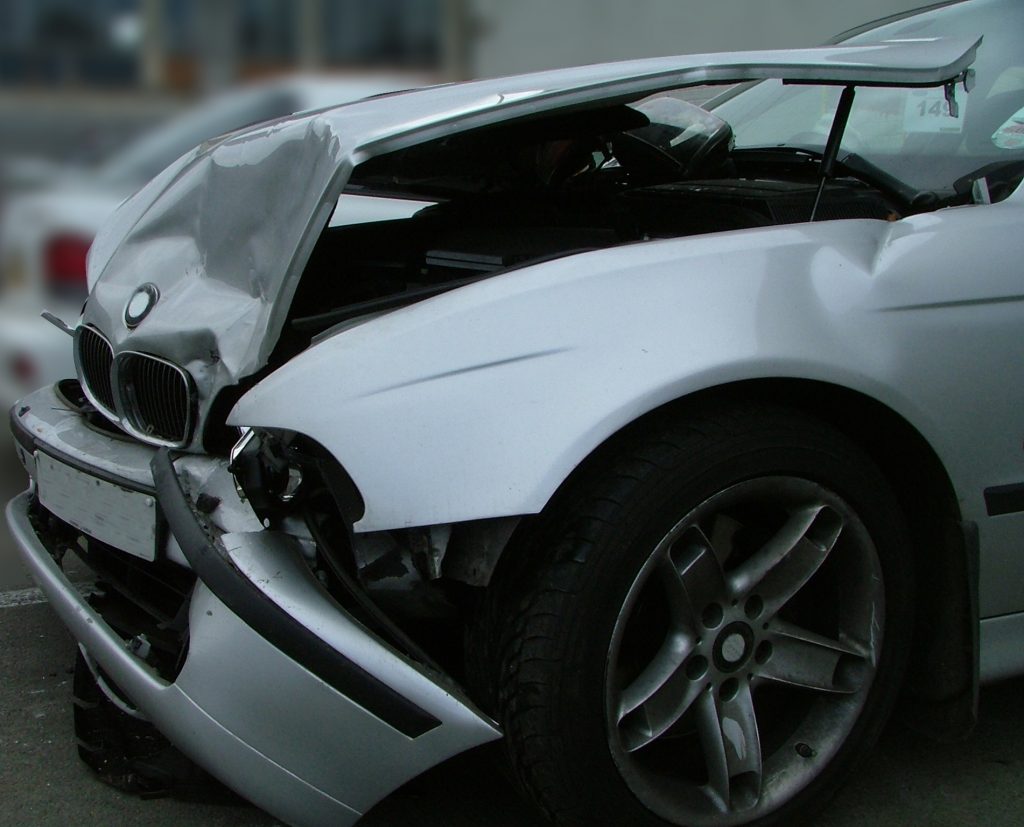 Sometimes judges and juries make mistakes that prevent injured parties from obtaining the relief they deserve. Both judges and juries can be swayed by arguments and make rulings that seem contrary to the weight of the evidence presented at trial. In such a situation, it is important to have an
Sometimes judges and juries make mistakes that prevent injured parties from obtaining the relief they deserve. Both judges and juries can be swayed by arguments and make rulings that seem contrary to the weight of the evidence presented at trial. In such a situation, it is important to have an